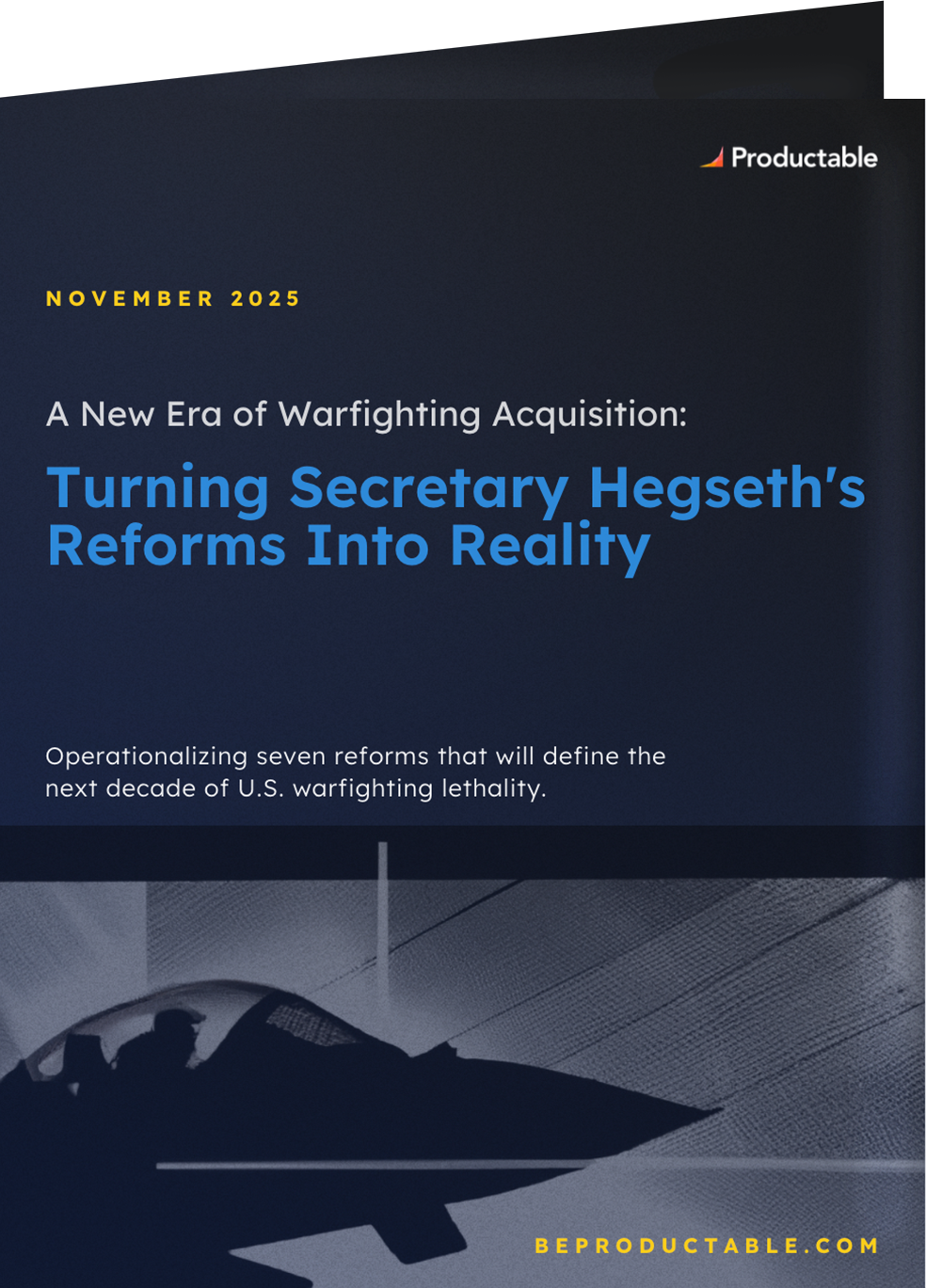
Learn the three hidden costs to look out for on your innovation or R&D team, and how to overcome them.
Imagine you’ve just joined the R&D department of a Fortune 1000 industrial manufacturing company, HypothetiCo. The department’s goal? Consistently unlocking new revenue by optimizing a portfolio of product ideas. You have high hopes…but a few days in, you notice a problem.
Across the department, people rely on scattered data collection and communication to move R&D projects forward. This wouldn’t be an issue if they had only a handful of projects in their portfolio—but they’re managing 100+ projects at a time. Each week, employees spend hours on administrative tasks, like switching apps and searching for information.
You can’t believe what you’re seeing. You know your department is capable of bringing game-changing new products to life—but instead, people are wasting precious hours on bloated back-and-forth communication.
Luckily, there’s a path forward. By taking a closer look at how people spend their time, you can help your teammates reduce waste and focus on high-impact activities. Let’s dig deeper into some of the hidden costs of bad innovation ops, plus tips for keeping those costs to a minimum.
HypothetiCo’s R&D department stores information about current initiatives in multiple systems:
▶ Spreadsheets
▶ Slide decks
▶ Budgeting tools
▶ Project management tools
▶ Virtual whiteboards
It’s hard for anyone to get a complete picture of progress since data exists in more than one place.
Without a single source of truth, innovation personnel end up spending hours each week retrieving documents, exporting information, and hounding people with data requests.
Without a single source of truth, innovation personnel end up spending hours each week retrieving documents, exporting information, and hounding people with data requests. These requests are often ad-hoc and disruptive. Whenever an executive leader or the Director of R&D needs an update, they reach out to project owners via email or Slack or Microsoft Teams or…you get the point. Then, the project owners search for the relevant information right away.
Not only do these intrusions interrupt each team member’s flow state, they also have real consequences for the business. How? They prevent people from making the most of their time.
Here’s a breakdown of HypothetiCo’s R&D department:
.png)
The department typically spends the following hours gathering data every week:
.png)
The leadership team at HypothetiCo runs a monthly meeting to review progress on R&D projects. These meetings are an important time to get aligned—but in preparing for those meetings, the team wastes hours on messy documentation and poor communication hygiene. Members of the R&D department manually compile and summarize disparate information, slide decks, status updates and other notes to make a PowerPoint presentation, then make a few rounds of edits before presenting to the executive team. Here’s what that looks like by the numbers:
.png)
It’s up to HypothetiCo’s executive team and portfolio managers to optimize the R&D investment portfolio. When they see fit, they make decisions about which projects to fund, which projects to terminate, and whether they need to pivot any existing projects. Leaders participate in monthly meetings to hear progress updates on each project and meet quarterly to rebalance the portfolio.
On a project-by-project basis, leaders often need to request more information, dive into past projects for comparison, and schedule follow-up meetings to finalize their recommendations. All of this takes a whopping total of 77 hours per week:
.png)
Hours of data-chasing, deck-building, and decision making translate into real business costs. To wrap up our HypothetiCo example, let’s assume the following:
▶ Employees work 48 paid weeks per year
▶ Employees work 45 hours per week
▶ Executive leaders make an average annual salary of $450,000*
▶ Managers make an average annual salary of $250,000*
▶ Innovators make an average annual salary of $100,000*
▶ Employees cost the company 1.3 times their average salary (due to employee benefits and related costs)
*data from Glassdoor
Based on these assumptions, HypothetiCo’s R&D department could be wasting up to $1.2M and over 12,000 hours per year on inefficient innovation ops.

To sum up, innovation and R&D teams could be wasting millions of dollars and thousands of hours each year tracking down data, crafting decks and reports, and debating next steps.
But there’s a better way. To cut costs and run a more efficient R&D department, try swapping ad-hoc activities for repeatable processes:
▶ Sync data from all systems to one platform so you can find what you need in a centralized hub
▶ Set a schedule for written project updates to cut down on ad-hoc data requests and unnecessary meetings
▶ Create a centralized record of meeting notes and decisions so next steps are clear
▶ Use automation to alert stakeholders of new decisions in real time
▶ Build a project pipeline with stages and automated criteria for each stage so you can make faster resourcing decisions
Hint: software platforms like Productable can help you clean up your innovation process and achieve the outcomes you care about. With a one-stop shop for innovation data and decisions, you’ll cut down the time you waste on innovation ops by up to 96%.* According to one customer, “Productable is single handedly transforming [our] ability to innovate. No longer are we limited by our staff’s ability to manage a handful of innovations. We are empowering [innovators] to drive outcomes at scale."
*This is an estimate based on our team’s work with the United States Air Force.
Want to learn more? Send me a message at tyer@beproductable.com or book a meeting to discuss.

The Department of War is shifting from program-centric management to a disciplined portfolio investment model. Leaders now need tools that bring clarity, cadence, and investment rigor to complex acquisition environments. This guide is written for leaders who need practical tools to increase speed, strangthen readiness, and ensure resources flow to the most mission-critical capabilities.
Download the free strategic guide